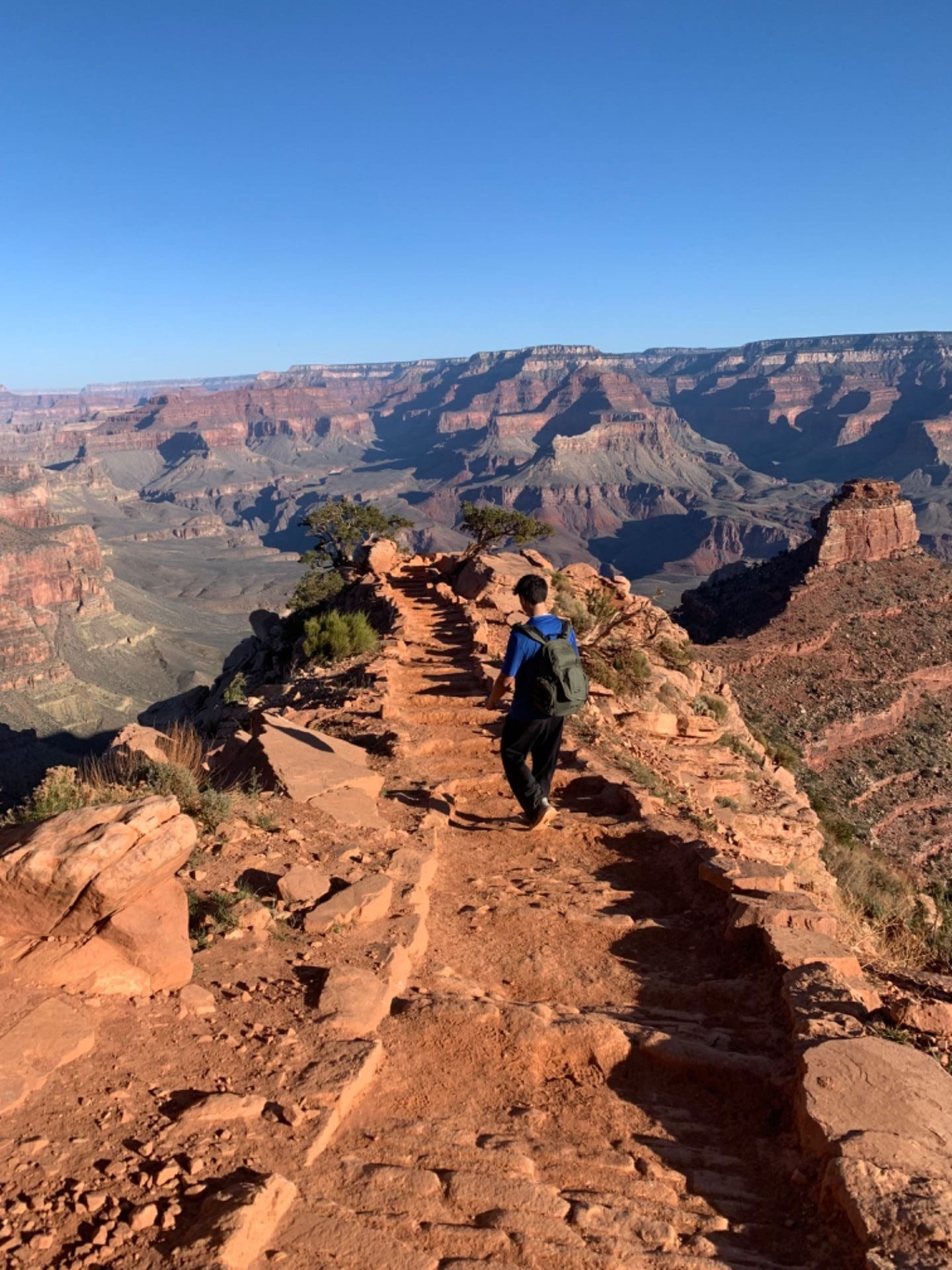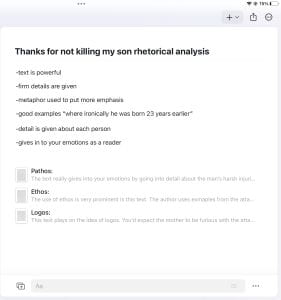Hey guys, welcome back to my blog. It’s been a while since I’ve posted a blog on this site but today I’m coming back with a boom. Today’s post is about a project in Humanities class that we just completed called “Dystopia.” In this project we learned about themes of dystopia, dystopian art, and how concepts of dystopia are seen in our society today. If you don’t know what dystopia means I’ll give you all a quick definition: “Dystopia is a society characterized by oppressive control, widespread suffering, and the illusion of perfection, often serving as a cautionary reflection of real-world issues.”
The main goal of this project was to create conceptual art that effectively sheds a light on a topic of dystopia of our choice.
“How Can Art Shine a Spotlight on the Dark Sections of our Society?”
“Art shines a light on the dark sections of our society by describing uncomfortable truths, and fostering connections that inspire real action. In our project, we were tasked with creating an art piece that highlighted a topic or issue that currently faces our society today. In order to build an effective piece, we read dystopic literature, and had discussions in order to learn what dystopia really meant. “
The Book:

I chose to read “Brave New World,” by Aldous Huxley. This book is centred around the idea of totalitarianism and is set in a futuristic world. The citizens of the “World State” are environmentally engineered into an intelligence-based social hierarchy. This book carries many themes and topics that resonate with our society, which is why I found this book pretty interesting.
The Art:


Photo of me presenting my piece at the yearly PLP Exhibition:
This art piece visualizes a constant trend in our society: “Censorship.” The media, governments, and other organizations try to twist and turn the outcomes of events. This piece shows how this idea of censorship is controlling the way we view the world. In articles, news and social media feeds we are force fed these agendas of “what we want to hear.” In this day and age the amount of information that isn’t disclosed to the public is astonishing. In my piece, I have a collage of images and pieces of media that show this concept or “censorship.” As well as these pieces, I have integrated several forms of artwork to support my ideas. I also use supporting quotes from literature, and significant figures which confront censorship.
The Process:
In order to build this piece, we had to ideate first. I created a blueprint of my art, which included a sketch, and a brief explanation with brainstorming. I originally wanted to talk about current issues in our society such as conspiracies, but I changed my idea in the end.
We also crafted an Annotated Bibliography in order to learn more about our chosen topic. I explored some articles, and I also pulled from some books I’ve read in the past that relate to my topic, including Brave New World.
Using conceptual art as a medium to communicate ideas to an audience was a really interesting way to spark discussion about censorship and teach citizens to learn more about what they see in their every day lives. I learned a lot from reading Brave New World as well as other texts in this project. Reading dystopic literature was a very interesting way to explore the dystopian controls in today’s society. I hope you enjoyed my concept art, learned something about the dystopia present in our world, and were inspired by my art.
Thanks for reading!





























